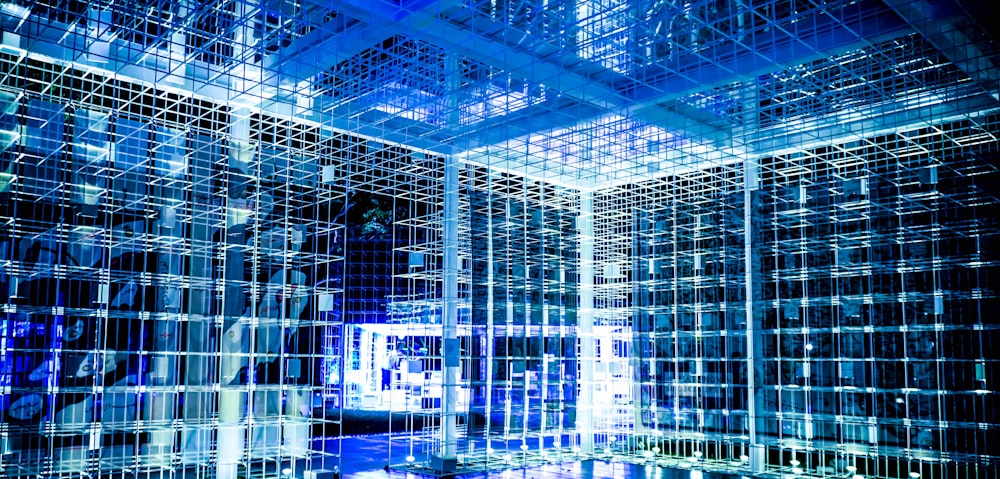Embracing Server-Side Rendering

In the ever-evolving landscape of web development, server-side rendering (SSR) stands out as a pivotal technology for building efficient, user-friendly web applications. SSR, which involves rendering a web page on the server rather than in the user's browser, offers numerous benefits that enhance both user experience and application performance. This article delves deep into the advantages of SSR, highlighting why it remains a vital approach in modern web development.
Understanding Server-Side Rendering:
Before examining its benefits, it's essential to grasp what SSR entails. Unlike client-side rendering, where JavaScript runs in the browser to build and manipulate the web page, SSR processes and compiles the page on the server, sending a fully rendered page to the client.
1. Enhanced Performance and Faster Load Times:
- Quick First Page Load: SSR significantly speeds up the loading time of the first page, delivering content to users almost instantaneously. This rapid delivery is particularly crucial for users with slower internet connections or less powerful devices.
- Reduced Client-Side Processing: Since the server does the heavy lifting, client-side devices, especially older or less powerful ones, don't struggle with the burden of rendering complex applications.
2. Improved Search Engine Optimization (SEO):
- Search Engine Crawling: SSR facilitates the crawling and indexing of content by search engines. As content is already rendered, search engine bots can easily scan and index a site, improving its visibility.
- Rich Snippets and Metadata: Server-rendered pages ensure that metadata and rich snippets are present in the HTML, enhancing search result quality and relevance.
3. Better User Experience:
- Faster Interaction Time: Users can interact with the webpage more quickly, as the content is rendered server-side and only needs to be displayed by the browser.
- Consistent Performance Across Devices: SSR ensures a uniform experience across various devices, regardless of their computing power.
4. Enhanced Scalability:
- Load Distribution: Server-side rendering can distribute the load between the server and client, optimizing resource usage and handling high traffic more efficiently.
- Easier Content Updates: With SSR, updating content on the server reflects immediately across all user devices, simplifying content management.
5. Advantages in Social Media Sharing:
- Social Media Crawlers: Social media platforms can better parse SSR pages, ensuring that shared links render correctly with all intended metadata and images.
- Enhanced Link Previews: Rich link previews with images and descriptions are more readily generated from server-rendered pages.
6. Simplified Initial Development and Debugging:
- Development Efficiency: SSR can simplify the initial development process, as the server can use the same codebase to render pages both initially and in response to user interactions.
- Easier Debugging: Server-side issues can be diagnosed and resolved more efficiently, as the rendering process is centralized on the server.
Challenges and Considerations:
While SSR offers numerous advantages, it's not without its challenges. Understanding its potential drawbacks, such as server load management and the complexity of initial setup, is crucial for developers.
Conclusion:
Server-side rendering remains a compelling choice for web developers aiming to enhance user experience, improve SEO, and ensure consistent performance across diverse devices. By leveraging SSR, developers can build robust, efficient, and user-friendly web applications that stand out in today's competitive digital landscape. As with any technology, weighing its benefits against its challenges is key to making informed decisions in the realm of web development.































